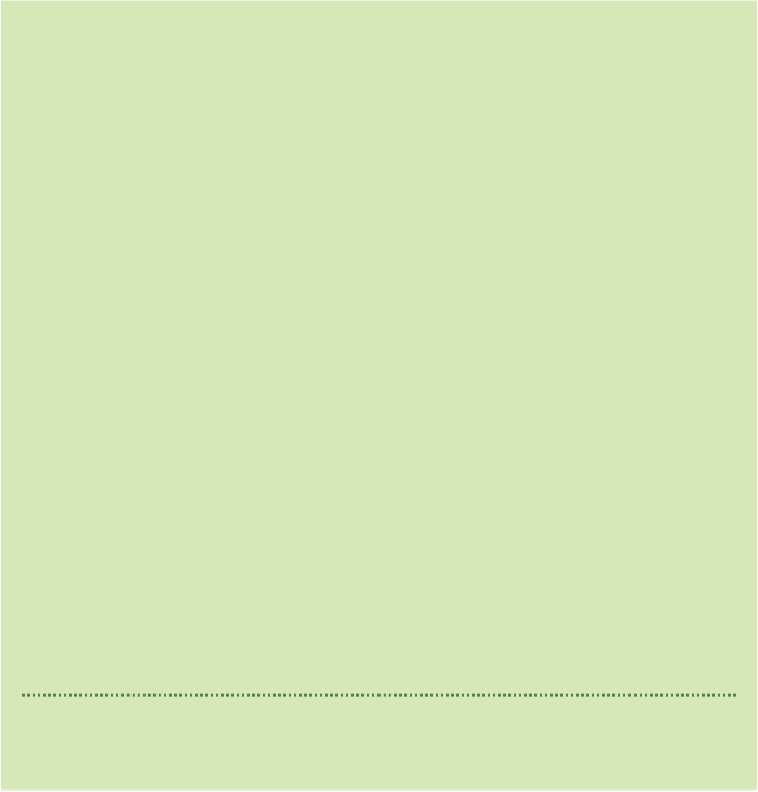Travel Reference
In-Depth Information
when it came to school reforms) in the process. An unexpected victory for the Labor Party
in 1999 ushered in a decade of left-of-centre rule - a significant part of their success was
their surprisingly good electoral results in regional Victoria. The latest twist came in
December 2010, when a Liberal-National Party coalition came to government. They re-
mained in power at the time of writing, with the next elections due in late 2014.
TIMELINE
80 million years ago
The Australian continent breaks away from Antarctica to form its own land mass.
50,000 BC
The first humans colonise southeastern Australia. The people of the Kulin Nation live in the catch-
ment of the Yarra River; various other tribes, speaking 38 dialects among them, are spread
throughout Victoria.
1770
Lieutenant Zachary Hicks becomes the first European to lay eyes on the Eastern Australian
shoreline. Captain Cook will later name the spot in far-east Gippsland, 'Point Hicks'.
1803
Victoria's first European settlement is at Sorrento. It is an unmitigated disaster, with no fresh water to
be found; the settlers abandon the site after six months and relocate to Van Diemen's Land (Tas-
mania).
1834
Portland pioneer Edward Henty, his family and a flock of sheep arrive from Van Diemen's Land,
marking the first permanent European settlement in the region that will become Victoria.
1835
John Batman meets with a group of local Aboriginal people and trades a casket of blankets, mirrors,
scissors, handkerchiefs and other assorted curios for around 2400 sq km of land.
1837
The military surveyor Robert Hoddle draws up plans for the city of Melbourne, laying out a geometric
grid of broad streets in a rectangular pattern on the northern side of the Yarra River.







